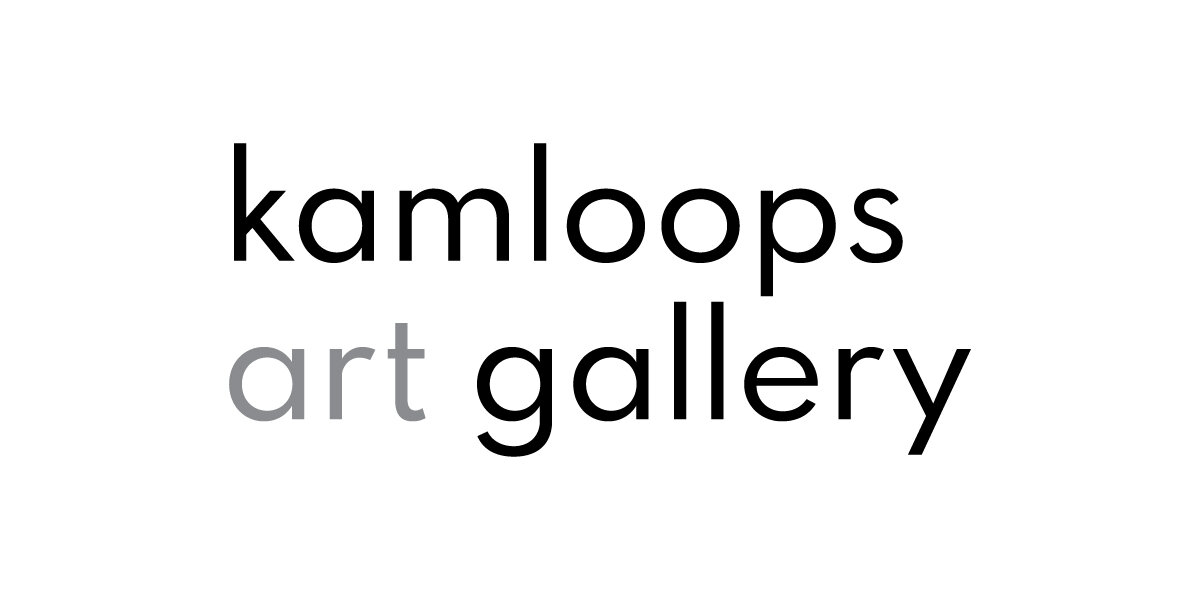‘Spraybomb’ posters
SCHOOL PROGRAM LESSON PLAN – Grades 10-12
Final Project Description:
‘Spraybomb’ posters using graphic elements and creative typography in the style of protest poster art. Instead of using slogans for protest, students will cut out of simple, declarative statement that will function as a dedication to someone who has inspired them.
Description:
Students will develop a poster dedication using heavy weight drawing paper with a good tooth. Students will hand cut stencils using x-acto blades and use other pre made letter and number stencils to create a creative, typographic dedication to an inspiring person – this can be someone they know or someone famous (or unrelated to them and lesser known). Brushes and tarlatan or other soft fabric can be used to transfer charcoal or pastel dust and brush it over stencils to create spray paint effects. Graphic, geometric backgrounds can be built up with a variety of techniques to act as a ground for their dedications.
Theory:
Students will (taken from the BC Curriculum PLOs):
-demonstrate self-direction in selecting image sources to create 2D images
-critique the effectiveness of image development
-apply design strategies to solve a design problem
-use a variety of image-development strategies to create a series of images on a single concept
-create images within a specific visual expression area that demonstrate effective use of of the elements and principles to convey the intended mood or message.
Creation & Analysis:
Students will start by brainstorming about a specific person who has inspired them and identify the quality or actions of that person that has been inspiring.
Students will sketch their poster design ideas on rough paper to practice before transferring their design onto mylar or similar material – clear transparencies, etc that will act as their stencil.
Demonstrate a variety of ways to get different effects with charcoal and pastels – dark and light marks, ‘painting’ in stencil sections with dry brushes, using fabric to transfer pigment dust into stencil sections, erasing into charcoal, using rulers to create sharp lines, smudging, etc.
Give students some examples of poster and graphic design compositional strategies. Explain balance and the different effect of putting words in different place on a poster.
Review x-acto cutting safety and first aid. Be very thorough with safety instructions and stress the sharpness of the knives. Explain that you can slip and to keep hands and fingers away from cutting direction at all times!
Review strategies for cutting good stencils – curves can be difficult as can fine detail and small parts. Review that blades are fine and can snap under too much pressure. Encourage students to start simply and work with bold, simple designs.
Have students cut their stencils (written phrase or a few words or even the name of the inspiring person cut in interesting typography). Explain the expressive potential of type and have a few examples out for students to compare.
Explain that the parts they cut out will be the parts where powdered colour gets set down and to consider this when creating their designs.
Students will then develop graphic, geometric backgrounds (like graffiti style, abstract shapes and patterns) to place their phrase over top of – backgrounds should be in coloured soft pastel with black, heavy typography over top (so the black charcoal will cover the background underneath to finish the work). Show students how to use cut out paper shapes as a mask for powdered colour to go over.
Use fixative to keep powdered work in place – HAVE STUDENTS WRITE THEIR NAMES ON THE BACKS OF THEIR WORK before taking work away to a safe place to be sprayed. Review safety for inhalants and spray fix work at a designated station.
Have students wash their hands.
Duration:
45 minutes in the studio – 10 mins developing ideas, sketching and starting to transfer images to mylar. 15 mins to cut stencils, 20 mins to play with charcoal effects and stencil fill ins, fixing powders to paper and finishing their work.
Materials:
Workable fixative
Soft pastels
Charcoal
Erasers
Rules
Pencils, sharpies – both thick and thin
Mylar or other plastic transparency material
Kleenex or soft fabric like tarlatan or cheesecloth
Dry painting brushes of various sizes
Cutting mats or something to protect tables
X-acto blades
Look & Discuss:
Have students discuss what worked and what didn’t with their designs. Were they able to recover any mistakes during the process? How did they creatively overcome design difficulties?
How might they approach their project differently if they were to do it over again? What did they learn about the process that might be refined with a second draft?
Talk about the difference between graphic design and fine art and where the two blur. Explain that graphic design is more focused on clear communication and can have a commercial aspect to it that fine art typically doesn’t. How is poster art like graphic design? How is it like fine art?
Refer back to the tour and add further comment on the poster art in the show and how it relates to what they’ve just done
Prep:
Cut large sized paper for final poster
Cut sketch paper for practice drafts
Set out soft fabric and various brushes
Have soft pastels and charcoal out with erasers, rules and any stencils
Have sharpies out to transfer designs onto transparencies
Have ‘cutting mats’ or similar material out with x-acto blades to protect tables
Take it further:
Ask students to notice typography and advertising compositions and start to become aware of how type is used for different reasons. Point them to a few talented street artists and their websites for them to check out.
